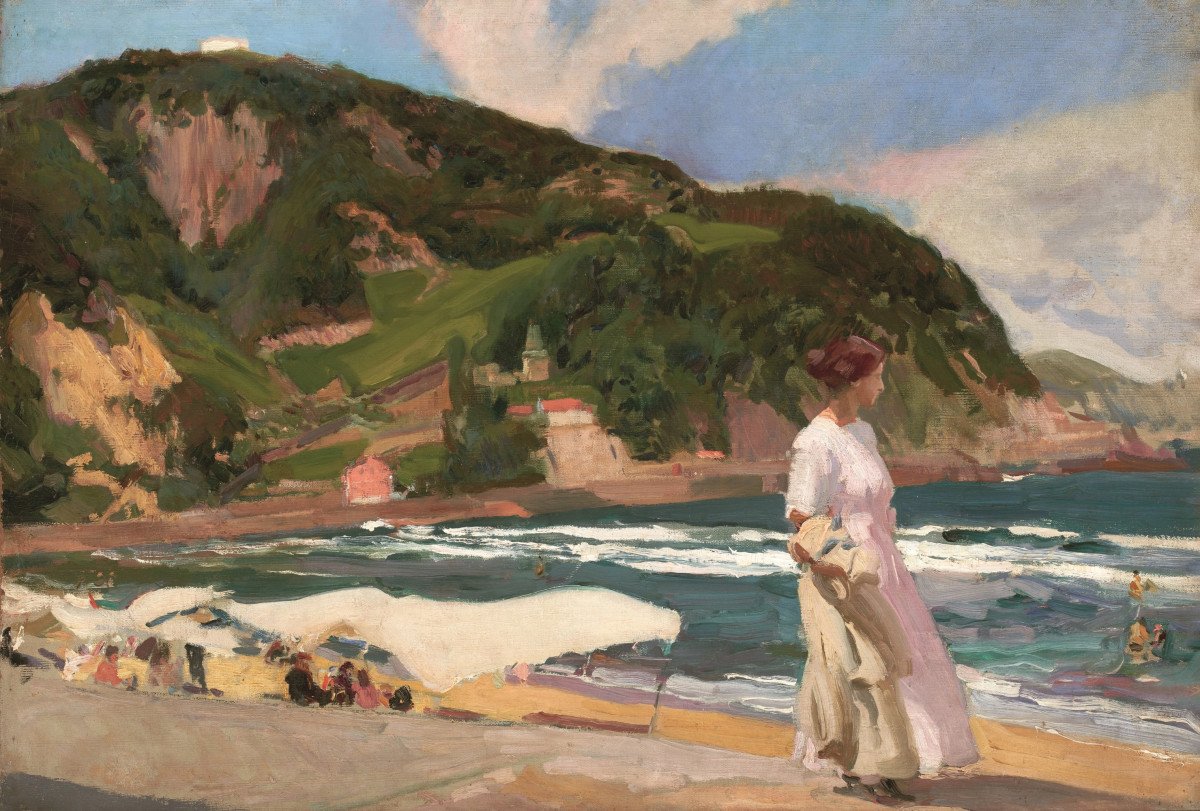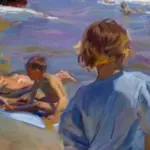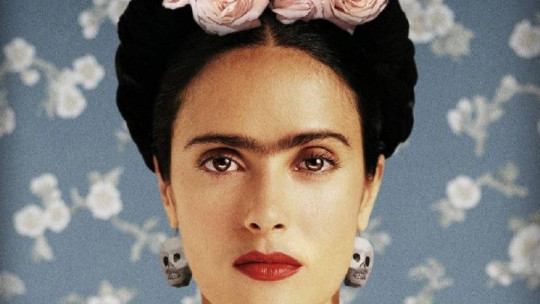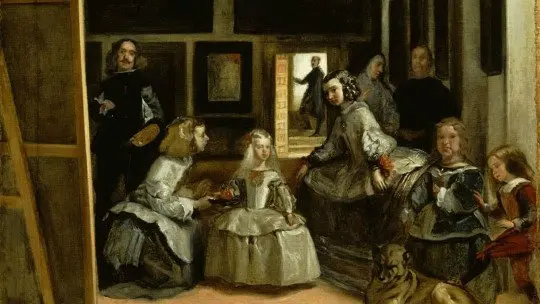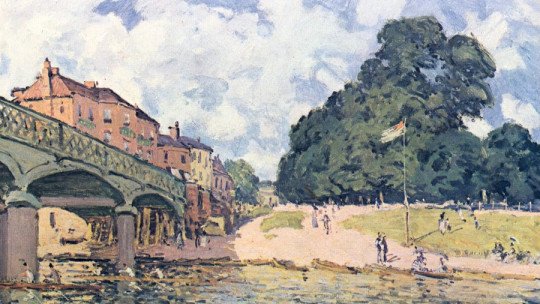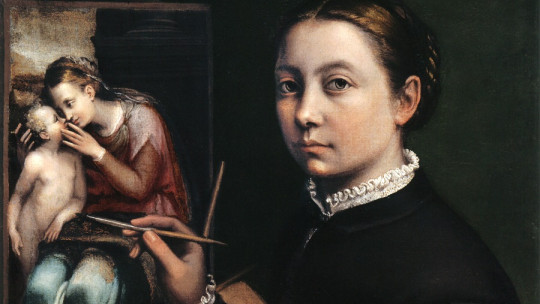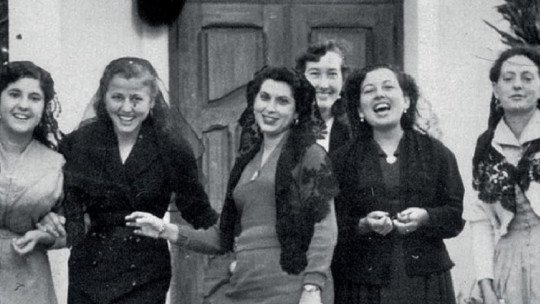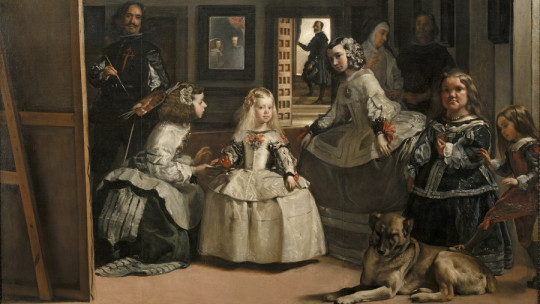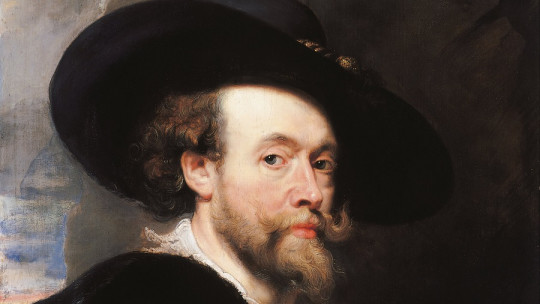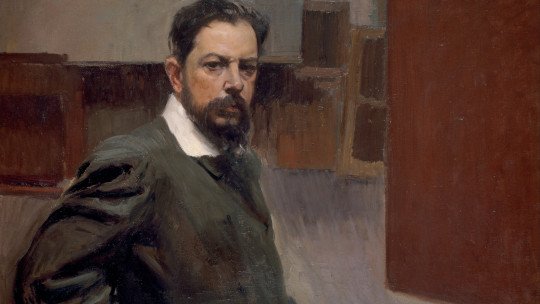
“The painter of light”, this is how Joaquín Sorolla (1863-1923) is known, the most acclaimed Valencian artist and, probably, one of the most internationally recognized Spanish painters. The nickname is well deserved; If we keep in mind the painter’s beautiful seascapes, with that explosive, golden light that floods everything, we will understand why the Valencian has gone down in history for his masterful talent for capturing Mediterranean tones.
But not only Mediterranean; Fascinated by Asturias and the Basque coast, Sorolla also captured the dim and nostalgic light of the Spanish north in his canvases. Furthermore, he is the author of paintings of a more social nature, which exude a certainly acidic denunciation, in line with the realist current of the time in which they were painted. In today’s article we focus on the life of Joaquín Sorolla Bastida, the painter who made Mediterranean painting.
Brief biography of Joaquín Sorolla, the “painter of light”
Joaquín Sorolla’s brushstroke, nervous and fast, is not only testimony to a style, but also to a personality. The artist was tremendously restless and deeply sensitive, and, faced with the majesty of the Mediterranean light, he could only express his feelings through painting. For the Valencian, the sun was the best remedy to combat nostalgia.
The sensitive little Chimet
Sorolla may have known a lot about nostalgia, especially during his childhood. He was born on February 27, 1863 in Valencia, son of a humble couple formed by Joaquín Sorolla Gascón and María Concepción Bastida Prat. Unfortunately, both parents died when little Joaquín (Chimet, for those close to him) was only two years old, due to a deadly cholera epidemic that devastated the city.
Joaquín and his little sister, Concha (born a year after him) were taken in by their maternal aunt, Isabel Bastida, and her husband. The small and sensitive Chimet grew up in that home, learning the trade from his uncle, who was a locksmith. However, one of his teachers in primary school advised the boy’s uncle to guide him towards painting, as he had demonstrated notable artistic aptitudes. Luckily, the man listened to the teacher, and in 1876, when Chimet was thirteen years old, he enrolled him in the School of Craftsmen of Valencia.
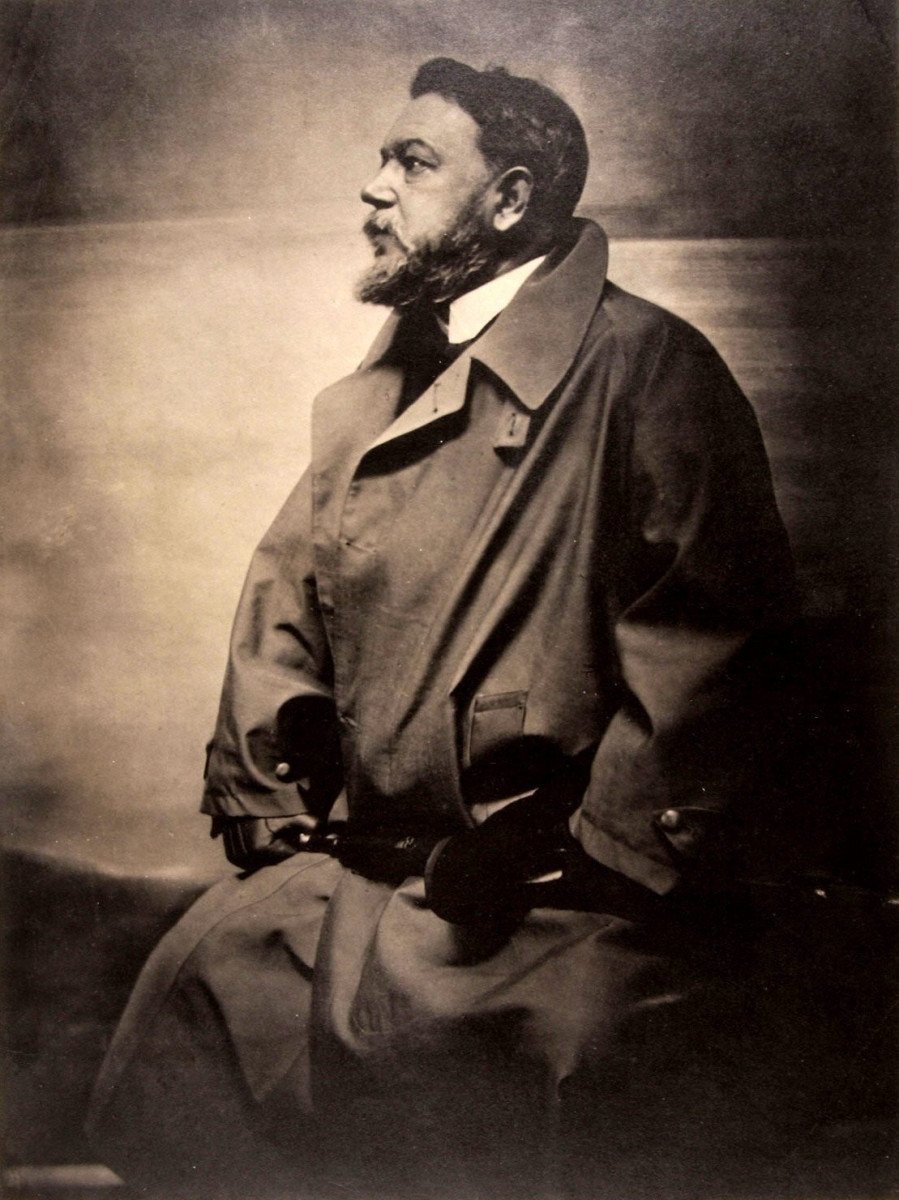
The meeting with the greats
When Chimet becomes an adult, and still pursuing his artistic studies (he would later do so at the Higher School of Fine Arts of Valencia), he settles in an apartment on Las Avellanas Street, which he shares with other young artists, among whom The Benlliure brothers stand out.
In those years, Sorolla had already decided that he wanted to try his luck in painting. In 1881 he sent several seascapes to the 10th National Exhibition of Fine Arts in Madrid, works that did not arouse the slightest interest in the jury. Frustrated, but not discouraged, Sorolla continues sending paintings to the different competitions held in the country, and receives some awards. However, the young artist has not just taken off.
In the meantime, during his stay in Madrid, Sorolla has discovered Velázquez, Ribera and Goya at El Prado, who would exert such an influence on his work, especially during his so-called realist period. In 2012, an unpublished Christ by Sorolla was discovered, made in 1883 (and, therefore, belonging to his much more academic stage of training). An undeniable riverside and Velazquean influence stands out in it, and it is not yet executed with that nervous brushstroke that would be characteristic of the painter years later.
Sorolla especially owes Ribera his enormous mastery in capturing the beauty of old age. It is only necessary to remember his heads of elderly people, painted with quick strokes, to realize the enormous influence that the Baroque master had on his style. On the other hand, His fascination with Velázquez goes far beyond style; He also “imitates” him in some compositions, such as the one in which he portrays his family playing with the reflection of a mirror, in the purest Meninas style.
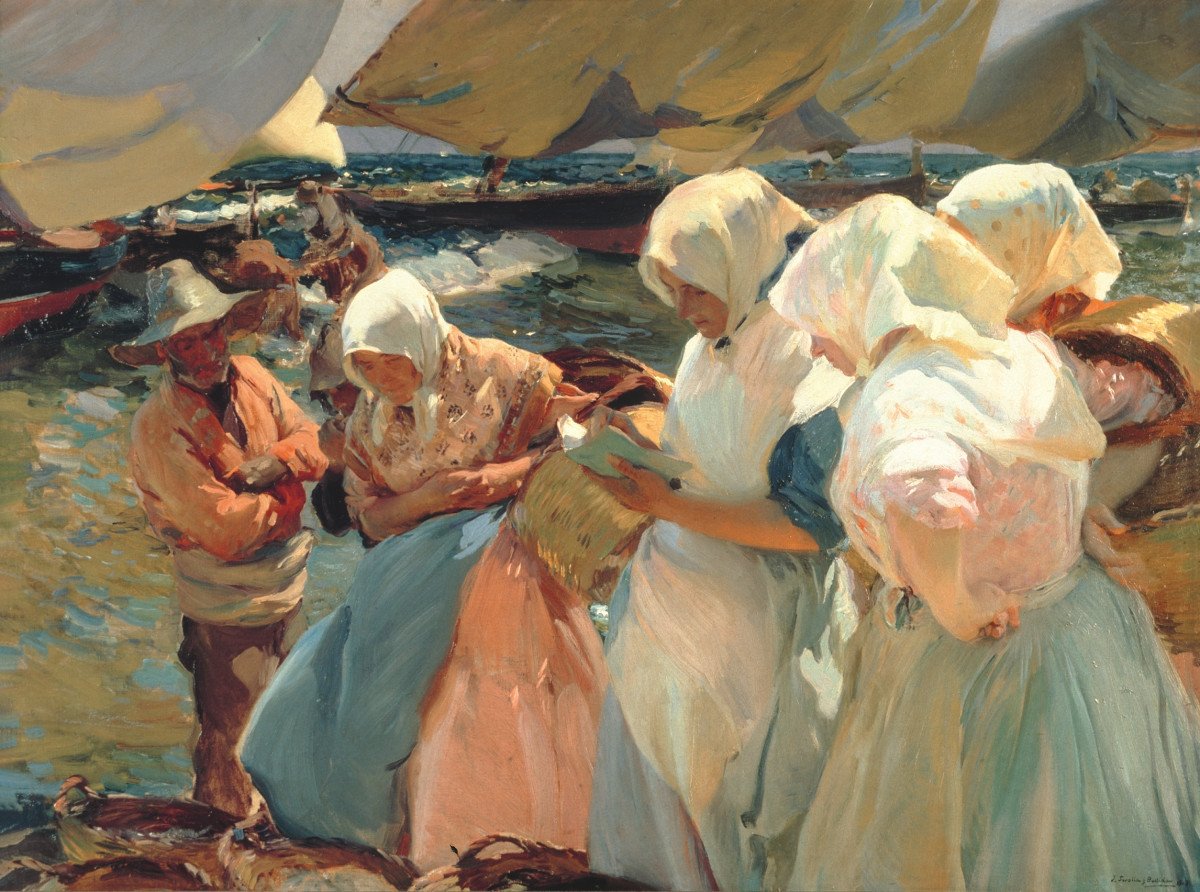
The unknown Sorolla: bohemia and social denunciation
1884 is a decisive year for the painter, as his work is finally recognized and he is awarded a scholarship to study in Rome. But, although Italy is ideal for studying the classics, Sorolla’s restless spirit asks for more. The following year, we found Sorolla in Paris, the epicenter of the artistic avant-garde of the moment. There, in addition to soaking up bohemian life, the young painter accesses the work of Manet and other emerging artists.
There is no doubt that the Parisian stay deeply impressed the Valencian. European realist painters, who painted paintings of marked social denunciation, influenced his painting in the period from 1890 to 1900, which is known precisely as the “social stage.”. From this period, his famous work, And they still say that fish is expensive…!, stands out especially, where Sorolla captures the vicissitudes that men of the sea must go through to put a piece of bread in their mouths.
Also notable are Another Margarita! (1892), inspired by an episode that she witnessed on the train, where a mother accused of murdering her baby was taken away by a civil guard, and Sad inheritance! (1899), where the artist reflects children on crutches, possibly suffering from poliomyelitis, who try to bathe in the sea. In all these works, the title itself already connects with another great social denunciator, Francisco de Goya (1746-1828).
“To my Clotilde, from your Joaquín”
While trying to make his way in the world of painting, the young Chimet works in a photography studio as a photographic illuminator. The owner of the studio, Antonio García, has a beautiful daughter with black hair and piercing dark eyes, with whom Chimet is absolutely captivated. The girl’s name is Clotilde García del Castillo and, from then on, she will be his muse, lover and companion for life.
Joaquín and Clotilde married in 1888 and, during their first year of marriage, they lived in Assisi, where Joaquín still benefits from the scholarship in Italy. The following year they returned to Valencia, and in 1890 María Clotilde, their first daughter, was born, who when she grew up would follow in her father’s footsteps and become a painter. María is followed by Joaquín, born in 1892, and, in 1895, Elena, who will also inherit Sorolla’s artistic soul, this time directed towards sculpture.
His family and painting are everything to Joaquín. The Valencian paints Clotilde and her children constantly. The first son, executed the same year as Mary’s birth, shows her mother tenderly holding the child in front of her cradle. Elenita at her desk, from 1898, she presents her second daughter at three years old, gracefully bent over her homework.
Already in those years, Sorolla’s absolute mastery is perceived when it comes to capturing the whites, which with their purity radiate light to the rest of the painting. A paradigmatic example is the work Mother, where Clotilde appears again, this time lying in bed, with the newborn Elena sleeping next to her.
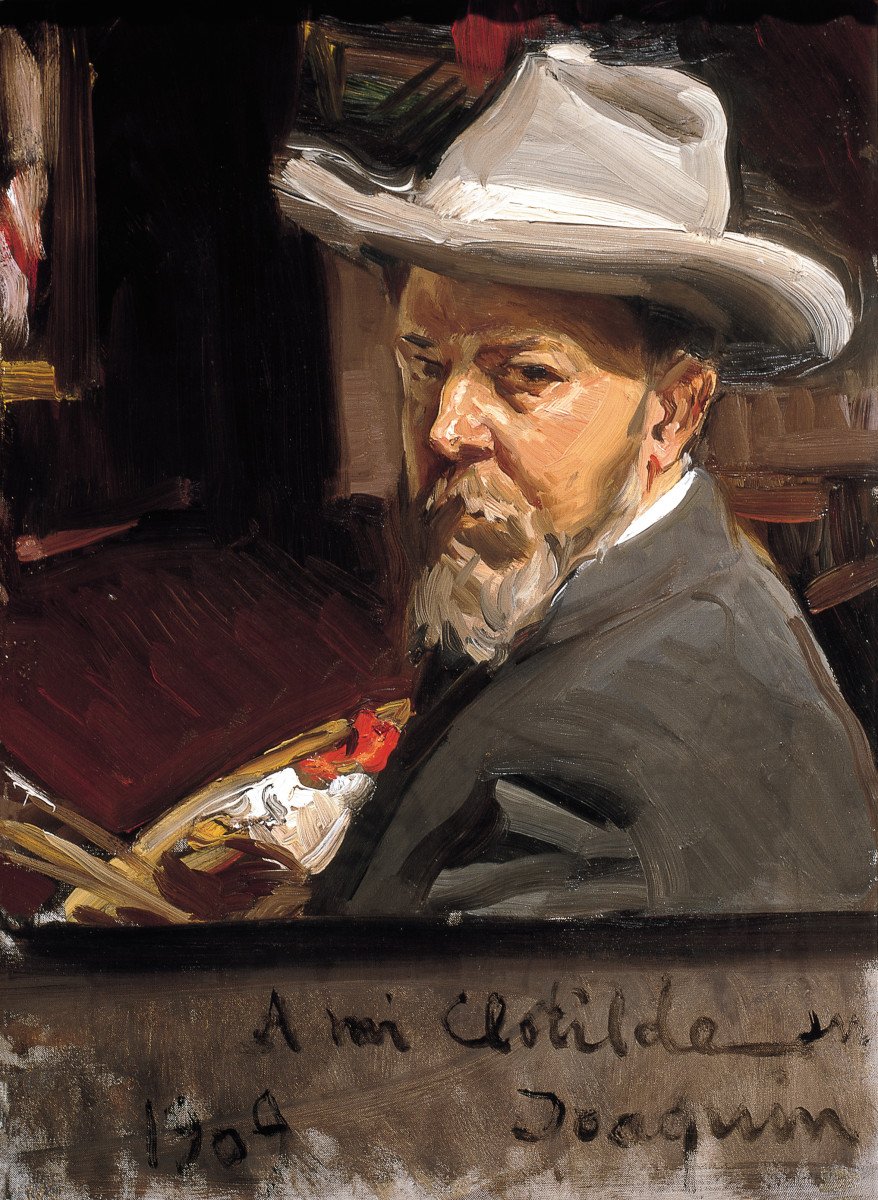
The painter of light
Starting in 1900, Sorolla’s work acquired an unprecedented luminosity that would never leave him. The painter abandons social themes and focuses on the everyday scenes that he himself sees, outdoors, often by the sea. It is not at all unusual to see the artist on the sand of the beach, with his easel and canvas in front of him, capturing the bright atmosphere of his Mediterranean.
These are the years of his most famous paintings: Afternoon Sun (1903), Summer (1904), The Balandrito (1909), Walk on the Seashore (1909), Children on the Beach (1910). Sorolla captures, with loose and quick brushstrokes, both the effusiveness of the moment (children running through the waves or playing on the beach) and the calm; of the latter, his Snapshot is a magnificent example. Biarritz (1906), where she exchanges the Mediterranean for the Cantabrian Sea and in which Clotilde appears, sitting on the sand and dressed in immaculate white, holding a camera.
Sorolla’s fame is now international. In the early 1900s, the painter met Archer Milton Huntington, Hispanicist founder of the Hispanic Society of America, who was absolutely amazed by the luminosity of his paintings. Immediately, he commissioned what would be one of the artist’s most colossal works: the series of Spanish scenes that were to decorate the society’s library. The fourteen paintings, known as Vision of Spain, show, in the characteristic Sorollian style and in large format, various regions of the country, for which the painter extensively documented himself during a long trip through Spain.
In 1909, a successful Joaquín Sorolla commissioned the architect Enrique María de Repullés y Vargas (1845-1922) to build a beautiful house in Madrid, which was finally inaugurated in 1911 and is currently the headquarters of his Madrid museum. The house is witness to his last years and his last works, among which stands out a great profusion of portraits of famous people – Vicente Blasco Ibáñez (1906), his great friend; Raquel Meller (1918), Miguel de Unamuno (1920), and even King Alfonso XIII himself (1907).
1920 is a fateful year for Chimet. That year he suffered a hemiplegia in the garden of his house, which left him unable to paint. Sorolla will never pick up the brush again. Maybe this precipitated his death, who knows. Three years later, in August 1923, the “painter of light” died at his home in Cercedilla. He left in the summer, in full light, as he could not be otherwise.
